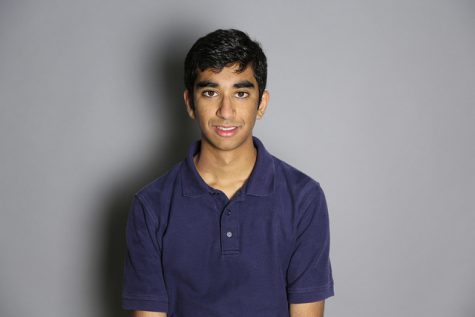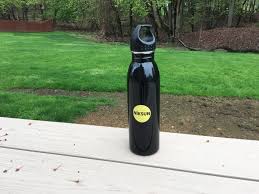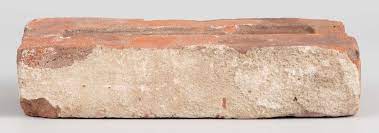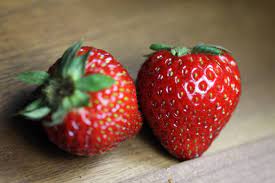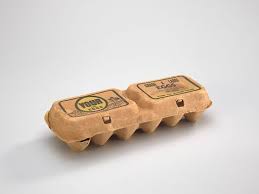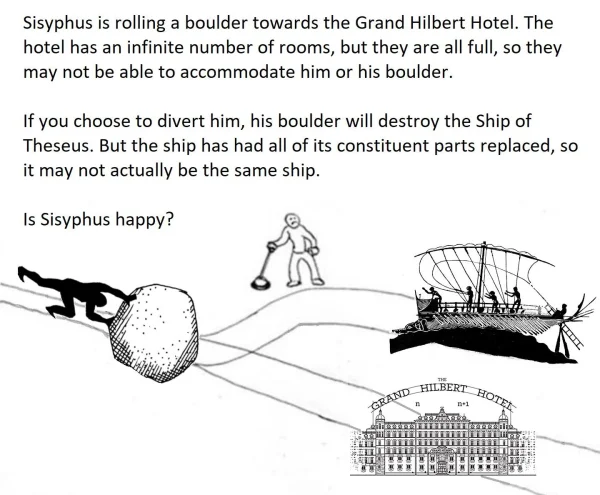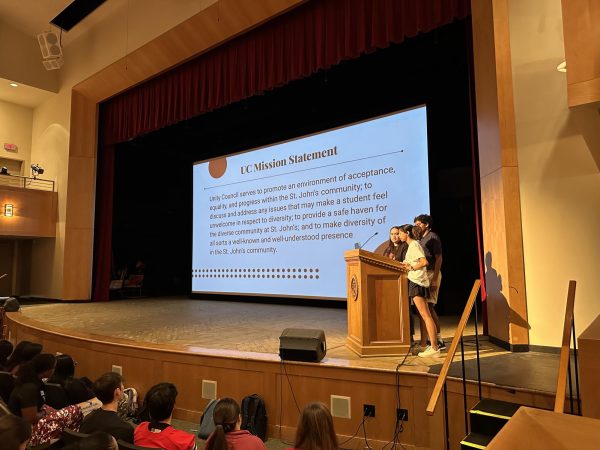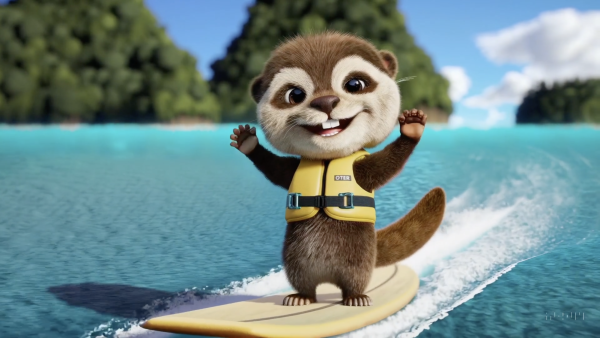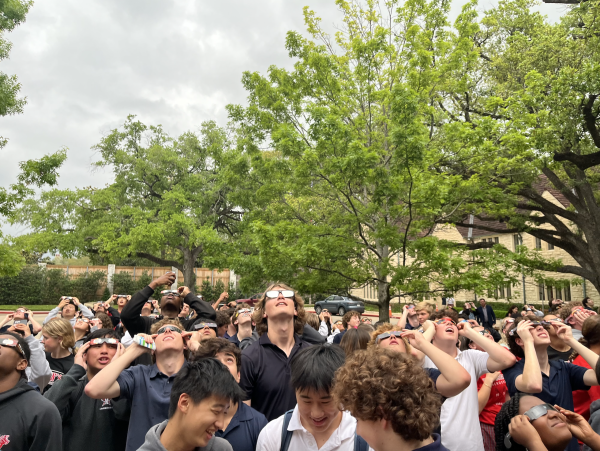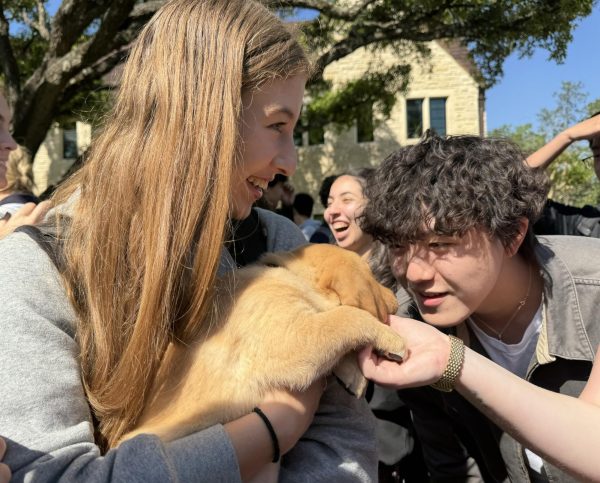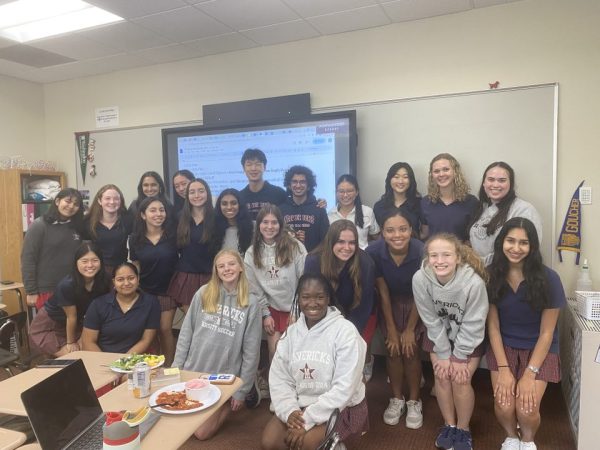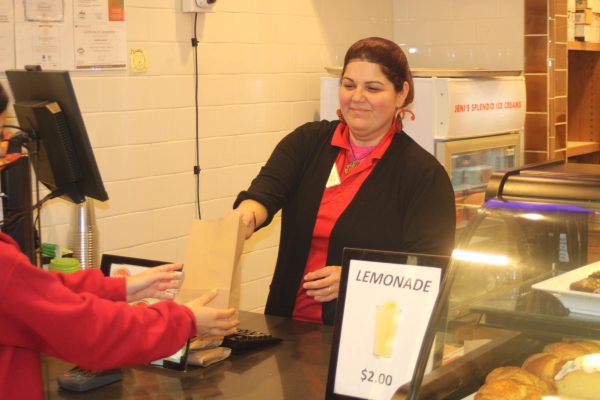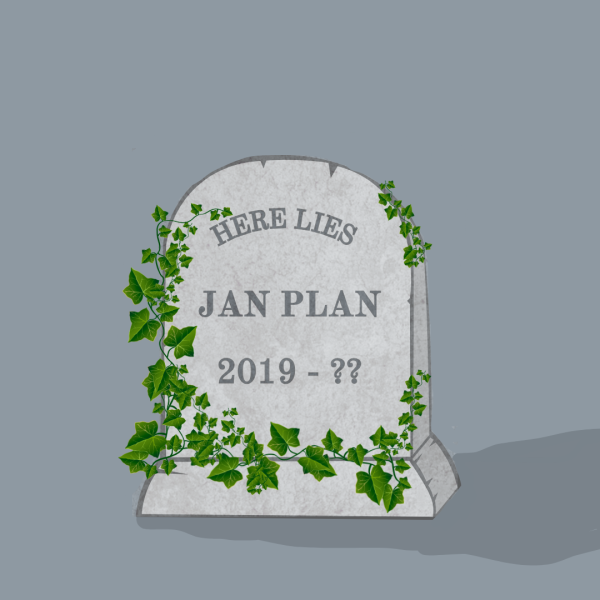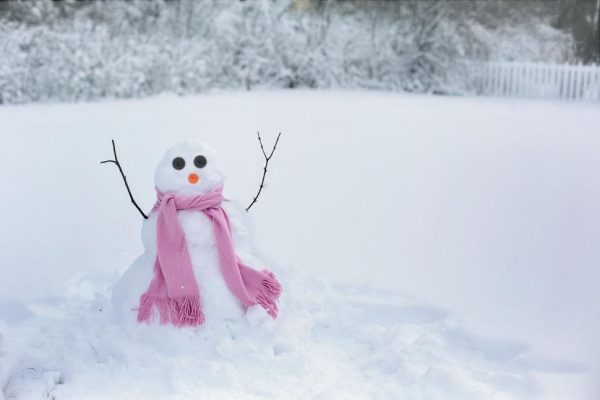AP Biology students visit Galveston on annual field trip
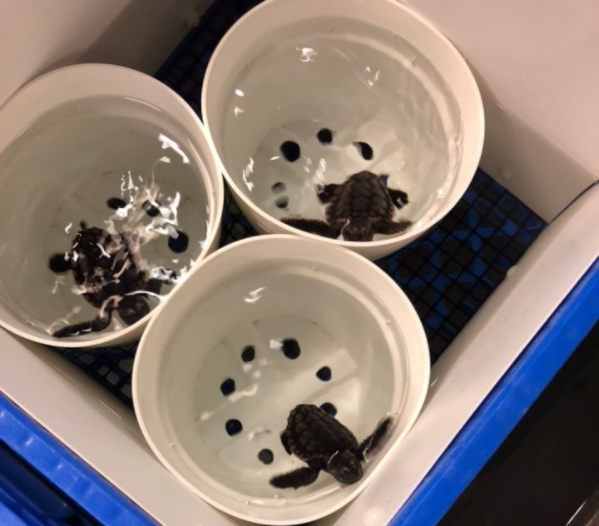
Students observed young sea turtles at Texas A&M University at Galveston.
October 7, 2018
Turtles drifted through the water. Seagulls flew patiently above the surface of Galveston Bay on the hunt for their next meal. Students stood at the front of the research boat, leaning over the deck in awe as a small pod of dolphins burst from the Bay, their blowholes spouting water.
On Tuesday, Oct. 2, the AP Biology class went to Texas A&M University at Galveston for their annual field trip. According to biology teacher Carol Kar, the outing provided students with the opportunity to fully experience nature outside of the classroom.
In past years, the class visited Port Aransas, a city on the South Texas coast, on an overnight stay. This year, however, Galveston became their new destination due to the extensive damage in Port Aransas from Hurricane Harvey.
“We are really fortunate that Galveston has a research vessel,” Kar said. “The facilities in Port Aransas were not up and running.”
The students had two activities throughout the day: a voyage on a ship used for fieldwork in Galveston Bay and an excursion to a separate facility housing young turtles.
While on the boat, researchers from the Texas A&M University at Galveston taught students how to take samples of the Bay’s mud to study the effects of pollutants on the ecosystem and about the many animals living in the water. The upperclassmen were taught, to the surprise of many, that the Bay is clean and healthy; the murky brown color indicates bacterial and plant growth.
Another highlight of the trip was observing sea turtles’ behavior in the facility and discussing their characteristics at a nearby facility.
“I thought the turtles were adorable, and it was super interesting to learn more about them and see them,” senior Juliana Aviles said.
Although the turtles were a fun part of the experience for many students, the lessons accompanying them were a wake-up call to the impact humans can have on their environment. Senior Josephine Dodd learned that turtles eat plastic debris until they are full, yet gain no nutrients from the trash.
“[The turtles] looked so fragile,” senior Juliette Draper said. “It’s crazy that these little creatures are practically endangered because of the way we’re treating our planet.”
These lessons of humans’ effects on nature, Kar said, are essential for AP Biology students to discover.
“Biology is all around us,” Kar said. “Just because we live in the city doesn’t mean that we don’t have an impact on the ecosystems around us.”




